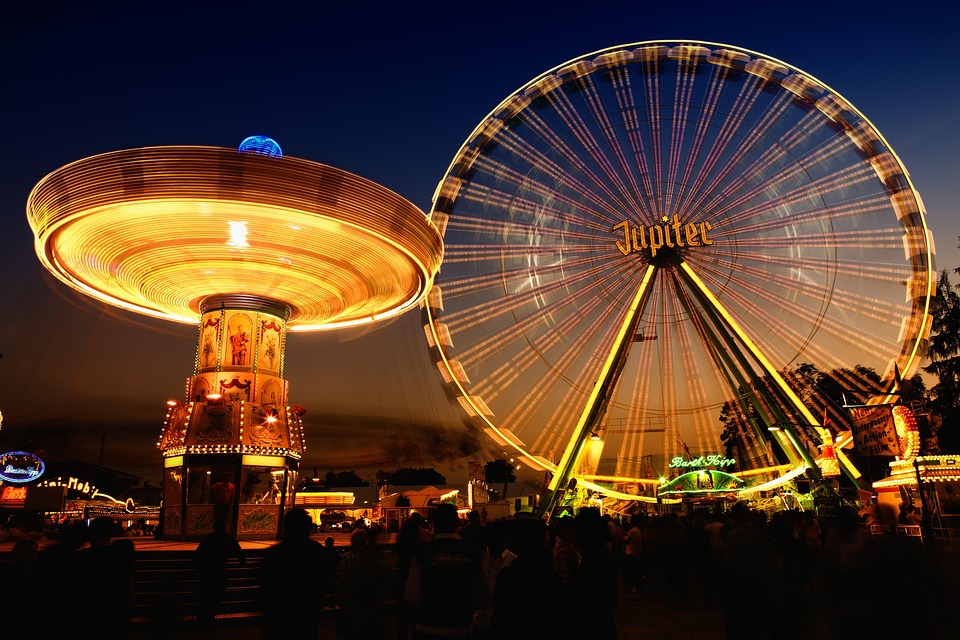From Script to Screen: The Journey of Your Favorite TV Shows
The magic of television captivates millions worldwide, transporting viewers to fantastical realms, gripping them with intense dramas, and evoking laughter with clever comedies. Yet behind every captivating episode lies an intricate process that transforms a simple idea into a fully realized show. This journey is as fascinating as the stories themselves, encapsulating creativity, collaboration, and an expansive array of talents in a competitive industry. Let’s embark on this journey, unpacking the stages that bring our favorite TV shows from script to screen.
1. Conceptualization: The Genesis of an Idea
Every great show begins with a spark—a compelling idea that captures the imagination of its creator. This stage involves brainstorming, wherein writers or showrunners establish the concept, genre, and thematic vision for the series. This process necessitates an understanding of the target audience and market trends while also allowing for unique storytelling.
Once an idea crystallizes, a pitch is often crafted. This concise presentation outlines the show’s premise, key characters, plot arcs, and potential episodes, all aimed at attracting networks or streaming services that will finance the project. If successful, the journey officially begins, moving into the scriptwriting phase.
2. Scriptwriting: Weaving the Story
At the heart of any television show is its script. This stage often involves a team of writers who collaborate to develop episode outlines and scripts. Typically, a showrunner, who oversees the creative direction, leads this team. Writers construct character arcs, dialogue, and multi-episode storylines, often working on a season’s overarching narrative.
During the scriptwriting process, revisions are commonplace. Feedback from producers, network executives, and even actors can result in significant changes to ensure the story resonates deeply with audiences. This collaboration fosters a culture of creativity, allowing for the evolution of both characters and plots.
3. Pre-Production: Laying the Groundwork
Once scripts are finalized, the show enters the pre-production phase, where logistics take center stage. This is where crucial decisions shape the visual identity of the show. Production designers, costume designers, and cinematographers collaborate with the director to establish the look and feel of the show.
Casting is a pivotal aspect of pre-production. Actors are auditioned and selected, with chemistry read-throughs ensuring the chosen cast fits together harmoniously. As sets are built, costumes designed, and schedules prepared, every detail is meticulously planned to ensure a smooth filming process.
4. Production: Bringing the Script to Life
Production is the thrilling stage where the vision becomes tangible. Depending on the show’s requirements, filming may take place on location or on sound stages. Directors guide actors through scenes, working closely with the cinematographer to achieve the intended visual style.
This stage involves collaboration between various departments: lighting, sound, makeup, and art. Each department plays an essential role, ensuring that every frame is polished and professional. While filming can be a chaotic whirlwind of activity, it ultimately results in a series of recorded takes that will be stitched together in post-production.
5. Post-Production: The Final Touches
Once filming wraps, the show enters post-production, where editors, sound designers, and visual effects teams breathe life into the raw footage. Editors compile the scenes, adding transitions, pacing, and rhythm to enhance storytelling. Music scores and sound effects are integrated, amplifying the emotional resonance of the show.
For certain genres, special effects can be integral, whether through practical effects or CGI. This stage also includes color grading to ensure visual consistency and impact. Once all elements come together, the final product emerges, ready for screening.
6. Marketing and Distribution: Sharing the Story
With the show complete, the focus shifts to marketing and distribution. Trailers, posters, social media campaigns, and promotional events are designed to generate buzz and excitement. Networks or streaming platforms strategically release episodes to maximize viewership, and sometimes, they plan premiere events to engage with fans.
7. Audience Reception: The Final Frontier
Despite the immense effort put into creating a show, audience reception is the ultimate test. Viewers’ responses can dictate a show’s longevity, influencing everything from ratings to social media discussions. A beloved series can spawn a dedicated fan base, leading to further explorations of its universe through spin-offs, merchandise, or additional content.
Feedback from fans often shapes the future of a show; renewal decisions frequently consider both critical acclaim and viewer engagement. In today’s landscape of streaming services, data analytics provides insights into viewing patterns, allowing creators to refine and adapt their work continuously.
Conclusion
The journey from script to screen is a multifaceted process that showcases the art and craft of storytelling. Each TV show is a product of inspiration, collaboration, and immense labor, involving writers, directors, actors, and countless crew members. Understanding this intricate journey not only enhances our appreciation for our favorite shows but also highlights the dedication and passion that drive the creative industry. So, the next time you settle down to watch an episode, take a moment to celebrate the extraordinary journey that brought it to life.
In preparing this article, special emphasis was granted to the creativity and extensive efforts behind television productions, drawing insights from leading industry sources[^1].
[^1]: [Modern Footnote Source Link]

























Add Comment